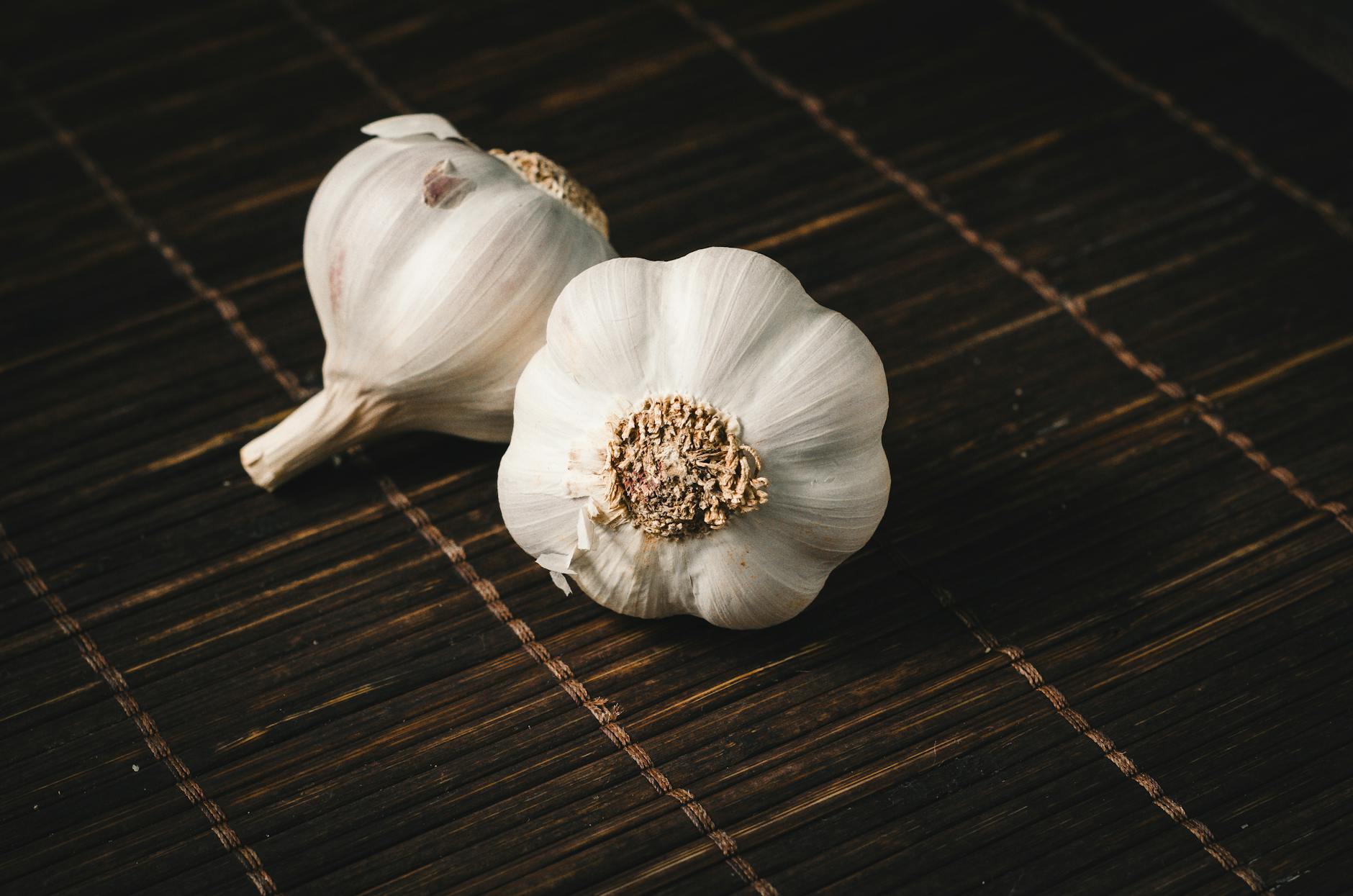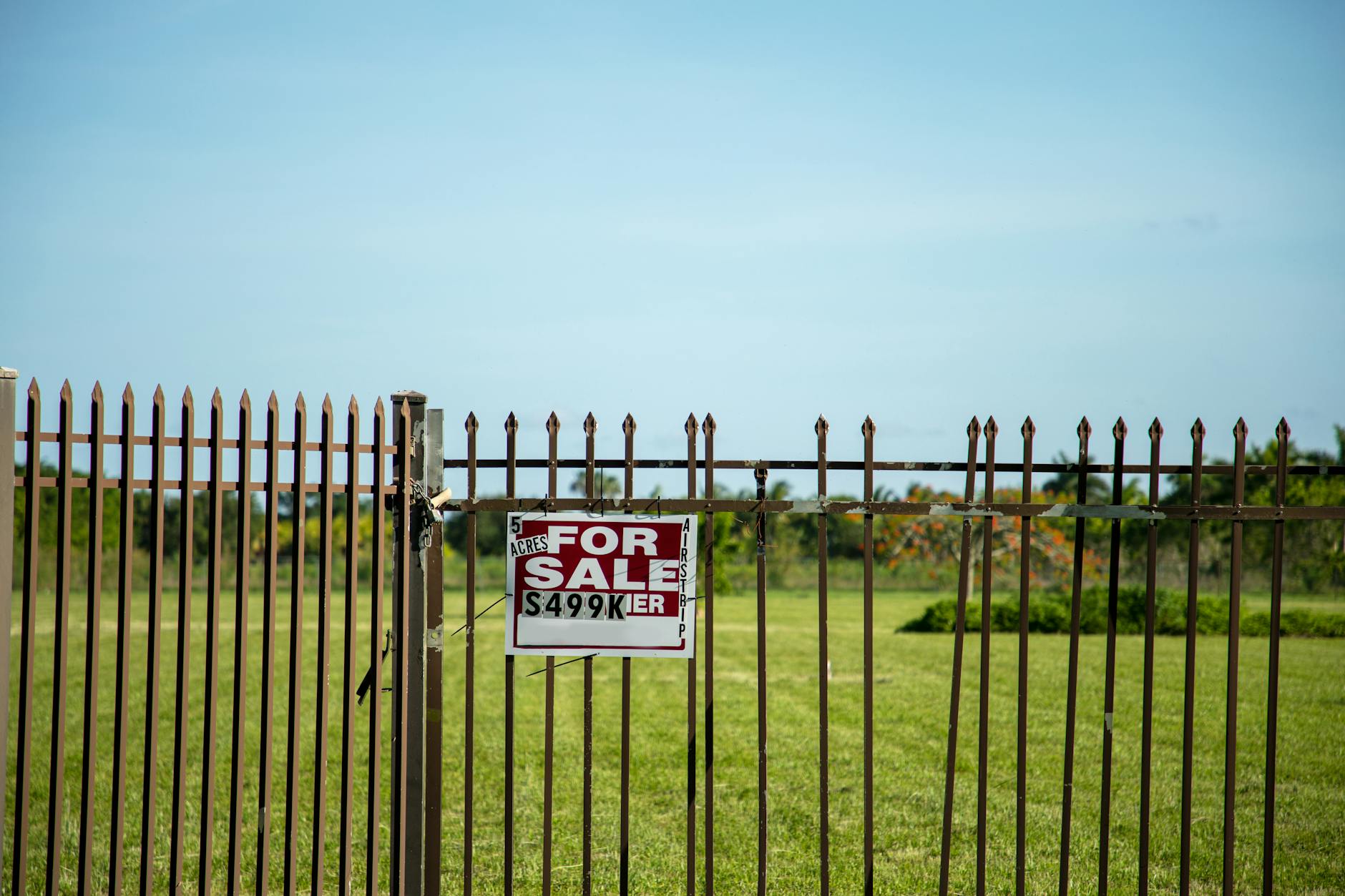Gardening is not just a hobby; it’s a lifestyle choice that brings fresh, homegrown produce right to your plate. If you’re new to gardening or thinking of expanding your skills, there’s no better time to start. Among all the veggies you can grow, garlic stands out as one of the easiest and most rewarding. Let’s dig into how you can create a thriving vegetable garden and master the art of growing garlic!
Why Growing Your Own Vegetables Is a Great Idea
There’s something magical about stepping into your garden and plucking vegetables you’ve nurtured yourself. It’s not just about saving money; it’s about knowing exactly what you’re eating. By growing your own vegetables, you avoid the pesticides and chemicals often found in store-bought produce. Plus, gardening is a fantastic way to relax and connect with nature. You’ll also experience the unbeatable taste of freshly harvested veggies. Seriously, homegrown garlic has a flavor store-bought bulbs can’t match!
Starting Your Garden: The Basics
Before you start planting, you need a plan. Choose a sunny spot in your yard—most vegetables, including garlic, need plenty of sunlight to thrive. Test your soil to ensure it’s well-draining and rich in nutrients. If your soil is too sandy or clay-heavy, amend it with compost to create the perfect growing conditions.
Next, gather your tools. A sturdy trowel, gardening gloves, and a watering can are your best friends. You don’t need to spend a fortune; basic tools will do the trick. With your tools ready and your soil prepped, it’s time to decide what to plant. Garlic is an excellent choice for beginners because it’s hardy and doesn’t require much fuss. Once you experience the joy of growing garlic, you’ll be hooked on gardening!
How to Grow Garlic: Step-by-Step
Growing garlic is simpler than you might think. Follow these easy steps, and you’ll have a bountiful harvest in no time:
1. Choose the Right Garlic Variety
There are two main types of garlic: softneck and hardneck. Softneck garlic is better for warmer climates, while hardneck garlic thrives in colder areas. Visit a local nursery or garden center to find the variety that suits your region best. Avoid using grocery store garlic, as it’s often treated to prevent sprouting.
2. Prepare the Soil
Garlic loves rich, loose soil with good drainage. Before planting, loosen the soil to a depth of at least 8 inches. Mix in compost or aged manure to give your garlic the nutrients it needs to grow strong and flavorful. Trust me, your future self will thank you when you’re chopping that homegrown garlic for dinner.
3. Plant the Cloves
Break apart a garlic bulb into individual cloves, keeping the papery skin intact. Plant each clove 2 inches deep with the pointed end facing up. Space the cloves about 6 inches apart to give them room to grow. Garlic planted in fall usually yields the best results, as it has time to establish roots before winter.
4. Water and Mulch
Garlic needs consistent moisture, especially during its initial growth period. Water the soil regularly but avoid overwatering, as soggy soil can cause rot. Adding a layer of mulch, like straw or shredded leaves, helps retain moisture and keeps weeds at bay. Mulch also protects your garlic during colder months.
5. Watch It Grow
Garlic is a low-maintenance crop, but it still needs your attention. Keep an eye out for weeds, as they can compete with your garlic for nutrients. Water during dry spells and fertilize occasionally with a balanced organic fertilizer. Garlic leaves will start to yellow in late spring or early summer—this is your signal that harvest time is near!
Harvesting and Storing Your Garlic
When the lower leaves of your garlic plants turn brown, it’s time to harvest. Gently loosen the soil with a garden fork and pull up the bulbs. Be careful not to damage them, as bruised garlic doesn’t store well.
Once harvested, let the garlic cure in a warm, dry place for about two weeks. Lay the bulbs out in a single layer or hang them in bunches. After curing, trim the roots and cut the stems if you’re not braiding the garlic. Store your cured garlic in a cool, dark place, and enjoy fresh cloves for months to come.
Other Easy Veggies to Try
Garlic is just the beginning! Once you’ve mastered growing garlic, consider adding other low-maintenance vegetables to your garden. Radishes, lettuce, and zucchini are excellent choices for beginners. These crops grow quickly and provide satisfying results. You’ll feel like a gardening pro in no time.
For a splash of color, try planting cherry tomatoes or bell peppers. Not only are they delicious, but they’ll also make your garden look vibrant and inviting. Mix herbs like basil, thyme, and parsley alongside your vegetables for a fragrant, multifunctional garden.
Tips for Success
- Start Small: It’s easy to get carried away, but starting with a few crops ensures you don’t feel overwhelmed.
- Stay Consistent: Regular watering and weeding are essential to keep your garden thriving.
- Learn from Mistakes: Every gardener faces challenges, from pests to unexpected weather. Don’t give up—you’ll get better with each season.
Gardening is about more than just growing food; it’s about cultivating joy, patience, and a deeper connection to the earth. Each time you pull a fresh garlic bulb from the soil or taste a tomato still warm from the sun, you’ll understand why so many people fall in love with gardening. So grab your gloves, pick up some garlic cloves, and start your vegetable-growing adventure today. Your future self (and your taste buds) will thank you!
Check more details here –
How To Grow Garlic At Home-Fast N Easy
Check more guides to grow more – Backyard Planting – ASPAGrow





One thought on “Grow Your Veggies: How to Grow Garlic and More!”
Comments are closed.